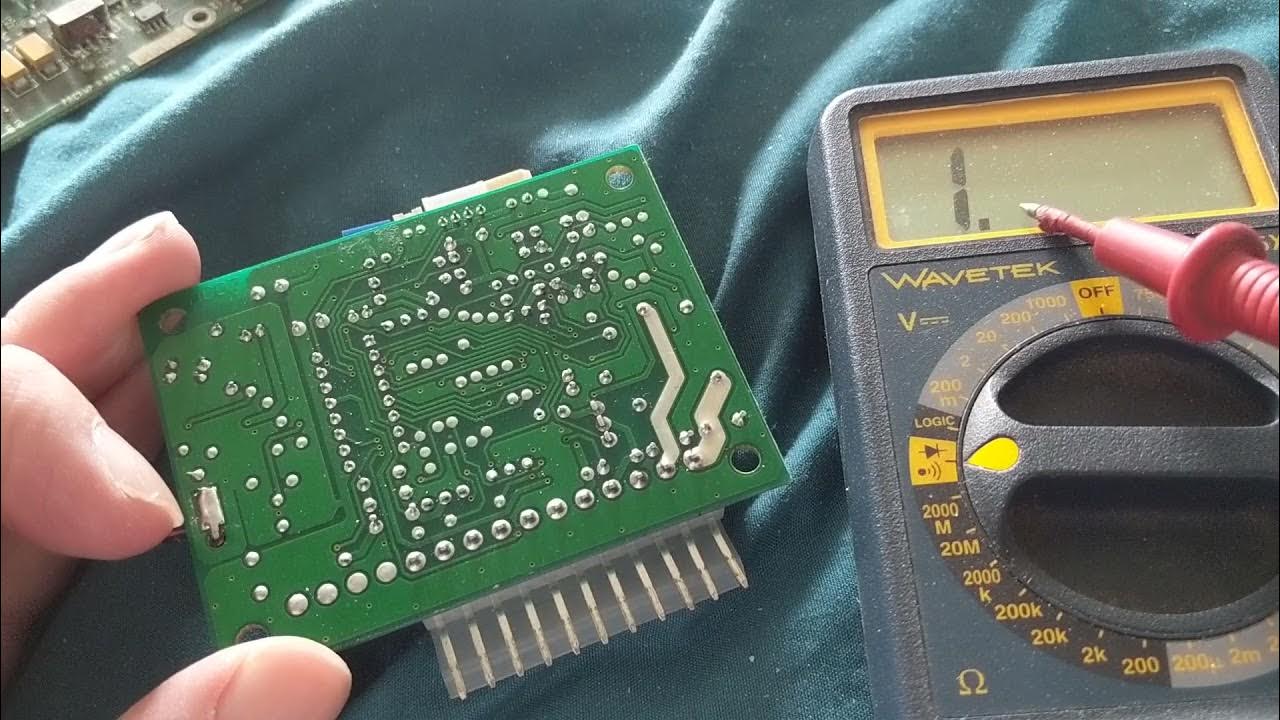
How to Read Circuit Boards and Identify Components [Solve]
A circuit board is made of an insulating material with conductive pathways etched onto the surface. Thus, it is a medium that connects or wires different components to one another in a circuit. Circuit boards are an elemental part of the world of electronics. Circuit boards are, in fact, necessary for the proper functioning of an array of devices, ranging from household appliances to smartphones and computers to high-tech automobiles and machines. Thus, the prowess and pertinence of circuit boards are no secret to anyone. However, something that might be a secret for you is how to read a circuit board and identify components. Sounds interesting? Read ahead!
Who Decides on the Verbatim of a Circuit Board
Understanding circuit boards means knowing the meaning and context of their many electronic components and the associated symbols. As we already know, a circuit board is an amalgamation of electronic components linked via conductive paths printed on a baseboard. Schematic diagrams map electrical components and conductive pathways. This diagram is drawn based on globally accepted rules and symbols. Likewise, the symbols leveraged in schematic diagrams are established per the dictums defined at the National and International levels by professional organizations, such as the Institute of Electrical and Electronics Engineers, the American National Standards Institute, and more.
Now that we know who decides on the rules and regulations for understanding a circuit board, let’s examine how to read a PCB.
How to Read Circuit Boards and Understand Components
-
Power Supply and Source
The easiest and most hassle-free way to understand a circuit board is to analyze its power source. Every electronic component on a PCB relies on some type of power source. It is also atypical for the design mechanism of a circuit board to start from the power source. Lastly, the most common failure in electronic devices also pertains to the power supply. Therefore, grasping the symbols associated with power supply and source on a circuit board is a good idea.
-
Passive Components
After you get a firm grasp on the basics of the power supply of a PCB, the next ideal step should be to read its passive components. The passive components of a circuit board cannot inject power or amplify the power in the board. They can only absorb, dissipate, or store energy. Moreover, passive components do not need a specific level of energy or voltage to do their duties. The most common types of passive components include –
- Resistors – It is a passive component that serves as a hindrance to the flow of current. A resistor dissipates energy as heat and creates a voltage drop in the circuit. The resistance value {R} is expressed with the help of Ohms, and the voltage drop can be calculated using Ohm’s Law, which is V = IR (V = voltage, I = current, and R = resistance).
- Capacitor—The second type of passive component of a PCB is the capacitor. It stores energy in an energy field, and its capacitance value is expressed in terms of ‘Farads.’
- Inductors—These components store energy in a magnetic field. Inductance (L) is measured in Henry.
- Transformers—The fourth passive component of a circuit board is a transformer. If you want to read circuit boards, knowing what transformers are and their symbols is crucial. Transistors, to put it simply, are parts that assist in stepping up or lowering voltages and currents. A changing magnetic flux in a transformer transports energy. One or more secondary windings induce currents from the primary winding’s magnetic flux.
- RLC Circuits – Lastly, RLC circuits are made of passive components. They are commonly used in power transmission systems, audio noise filtering systems, passive frequency filters, and EMI filters.
-
Active Components
Circuit board component identification means knowing about the active elements of a PCB. To begin with, active components are the heart and soul of modern-day electronics. They are typically composed of semiconductors. A circuit board’s active components require a specific voltage level to operate well and perform their duties efficiently. The most common active components of a circuit board are mentioned below –
- Transistor—A transistor is a semiconductor component capable of amplifying or switching electronic signals. There is a wide variety of transistor types, each with its unique symbol. Moreover, all transistors have the same packaging, so they cannot be identified by appearance. Instead, a transistor can be recognized from its model number and symbol.
- Diodes—Diodes are gates that enable current to flow in one direction only. They are active components of a circuit board frequently used to rectify AC currents into DC currents in the power supply. However, other diodes exist, such as light-emitting diodes (LEDs) and photodiodes that capture and convert light into currents.
- Integrated Circuits (ICs) – If you want to know how to read circuit boards,you must grasp integrated circuits (ICs). They consist of a few transistors to a few billion transistors and perform all the primary tasks of a circuit board. ICs offer logical computing power, storage, switching tasks, etc. You can easily recognize an IC with its packaging and the number of pins. Integrated circuits usually have a much higher number of pins than any other circuit board component.
Wrapping It Up
So, there we have it—a crisp overview of how to read a circuit board and identify components. Understanding circuit boards and how to read them starts by knowing schematic symbols for different electronic components. The easier way to go about the learning journey is to understand the power supply components first, then move on to passive components like capacitors and active components like transistors.

